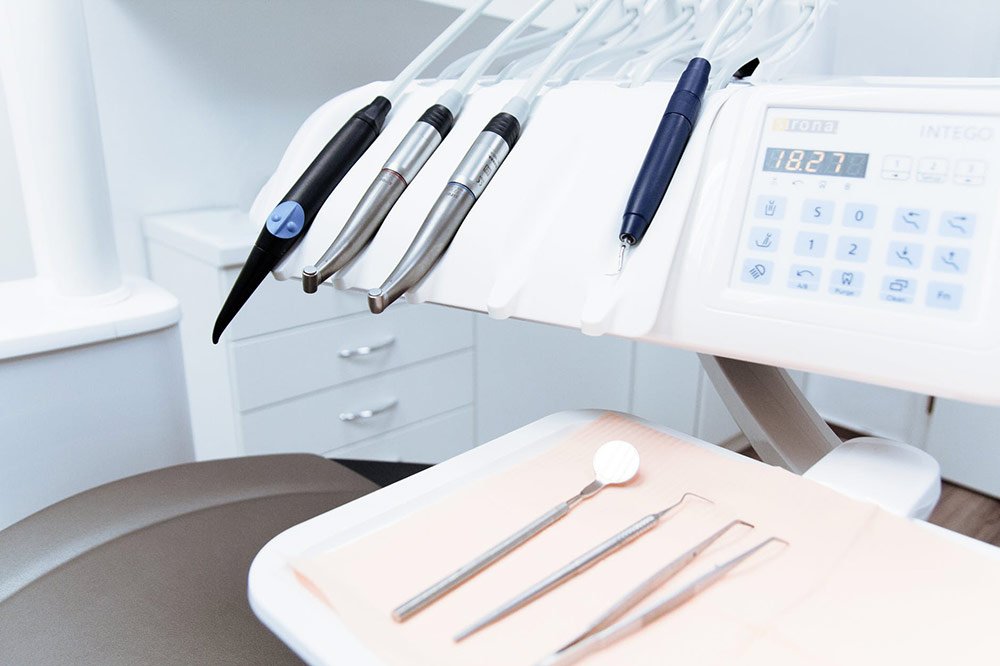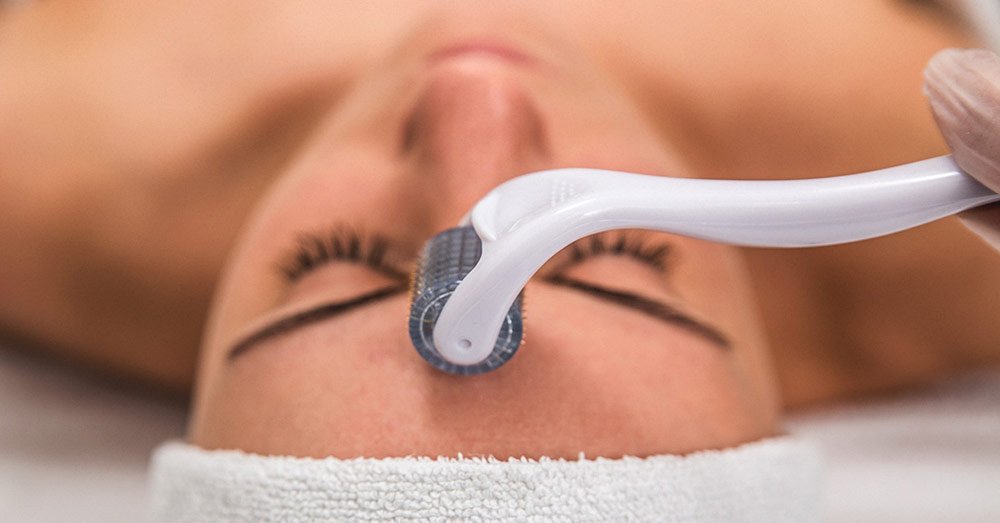In recent years, aesthetic medicine has seen a lot of advancements. This is party because of the technological revolution the world is experiencing and in part because of the knowledge freely available to people. As a result, consumers have begun to demand better results and demand less discomfort, decreased risk, and less downtime from their treatments.
From a historical point of view, we have come a long way. At the beginning of the 20th century, patient’s could only choose ‘skin and muscle surgical face-lift’ that involved surgically tightening of sagging skin. This procedure included, apart from discomfort, the risk of infections and permanent scars. Later, around the 1970s, short scar surgical facelift was developed to minimize the scars by using smaller incisions. It became popularly known as Mini-Lift, Quick Lift or Thread Lift.
At the same time, lasers too were becoming a popular option for facial rejuvenation. Dermatologists in Delhi started experimenting with ablative lasers (that can remove/ burn the tissue) directed to the epidermis of the skin to get rid of ageing tissues. On the flipside, people who underwent this treatment took much longer to recuperate. Some of the best-known lasers were CO2 or fractional CO2 lasers.
In 2002, procedures known as “Thermage” were developed. These procedures used radiofrequency waves to tighten the dermis layer of the skin. Even though Thermage gave better results than previous skin-tightening methods, it was extremely painful and would leave red and swollen skin for days – an evident sign of having undergone treatment.
Finally about a decade ago, in 2009, a non-obtrusive, non-surgical procedure that counteracted the sign of ageing without side-effects was introduced. It came to be known as “Ultherapy”.
What is Ultherapy?
Ultherapy is a substitute for a surgical facelift that uses Micro Focused Ultrasound to lift, tone, and tighten sagging skin. Also, Ultherapy is an FDA approved aesthetic procedure. This non-needle, non-incision procedure works its wonder not only on the face but also on the brow, under the chin, the dermal tissues of the neck, and the deeper subdermal tissues. The procedure in itself is quick and efficient with virtually no risk at all. Owing to its effectiveness, Ultherapy has been consistently growing over past several years.
How does it work?
Focused ultrasound waves from small energy pockets are delivered to the skin. Each energy pocket penetrates up to the dermis layer of the skin to heat skin tissues to 60-70oC. This penetration results in:
- Skin tissue contraction – a result similar to a surgical facelift, which causes sagging skin to tighten.
- Stimulation of regrowth of collagen (a structural protein that gives strength and elasticity to the skin). It is a scientifically proven fact that collagen regeneration can be initiated if the skin tissues are heated to 60-70oC
Thanks to these effects of ultrasound waves, the skin gradually tightens over the next few months, resulting in natural facelift. The entire procedure is non-invasive and doesn’t involve injections or any kind of incision at all. The ultrasound is used only to expose the skin to heat energy without any forceful piercing.
Are there any side effects?
Ultherapy doesn’t produce any form of complications or side-effects, except occasional redness of the skin after the procedure lasts for 2-3 hours. The procedure itself is harmless and painless. However, you might experience slight discomfort when the ultrasound energy is introduced into your skin. And if you have a low tolerance for pain, the practitioners can give you an oral painkiller before the procedure.
The procedure lasts for 45-60 minutes per session and does not require any recovery period afterwards. This means you can continue with your routine as usual. For some, one session is enough to process the treatment completely. However, others may require two to three sessions to get desirable results.
Who is suitable for Ultherapy?
The first sign of ageing can be seen in your late 30s and early 40s when eyebrows and cheek skin begin to move southward. And that’s when you start considering such aesthetic treatments. So, Ultherapy is for those candidates who are unwilling to undergo painful facial surgery. It also an alternative that allows the young people to delay the eventual onset of wrinkles and other sign of ageing.
Ultherapy doesn’t target the top layer of the skin skin, but works on the subdermal layers, instead. For this reason, it works wonderfully regardless of your age, gender, or the condition of the skin. Anyone and everyone can opt for this procedure; however, the best results are seen by those who have slightly sagging, rather than heavily sagging, skin.
What result can you expect?
The regenerative process of collagen and skin contraction begins immediately after the first treatment, so, some prominent results can be seen right after. However, The full effect of the procedure will be visible in 3-6 months (time-taken for natural production of collagen). After Ultherapy, the skin feels more elastic, the texture gets smoother, and the colour and tone show drastic improvement. Eventually, you look younger, happier and just plain better.
The result lasts for 12-18 months, and the Ultherapy procedure is recommended once a year.



